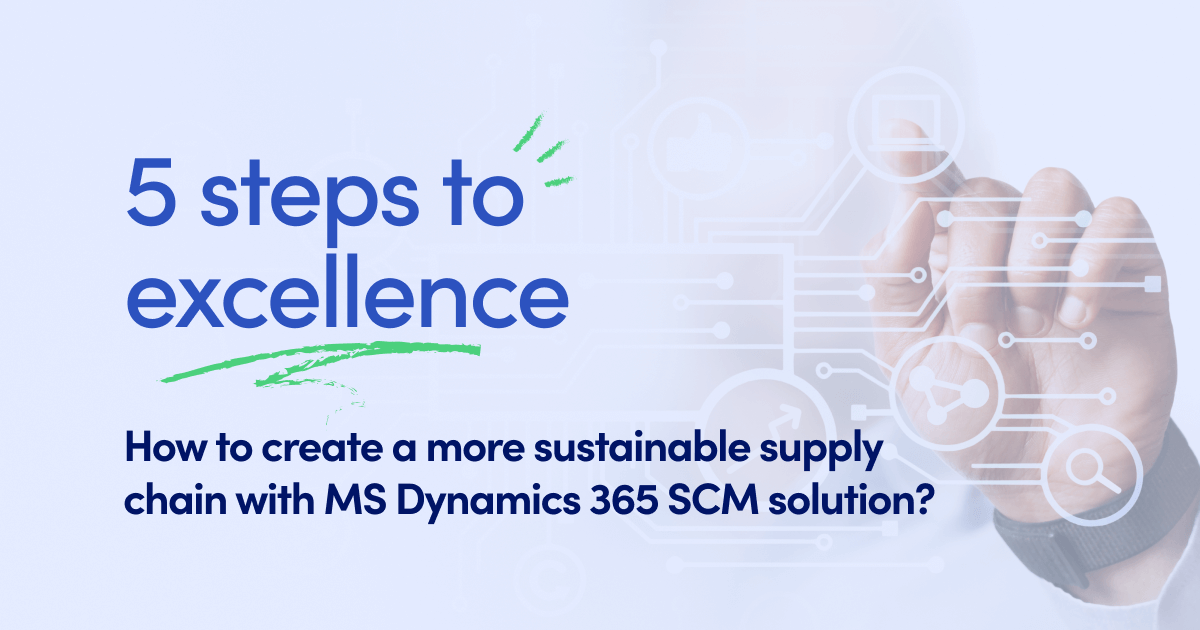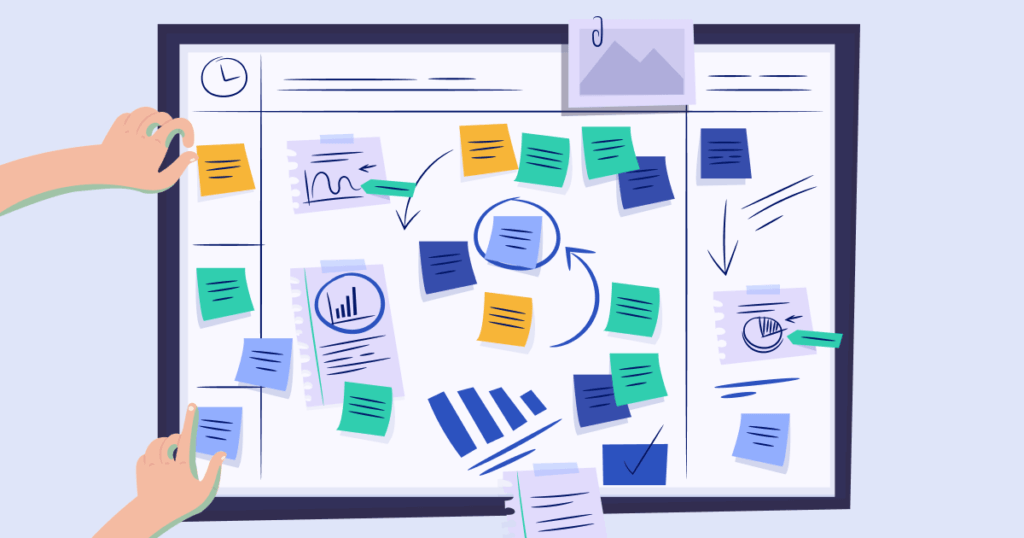The links of the global supply chain connect people around the world with services and products. We have only recently become aware that our desire to instantly served whatever we want has a flip side to it – the impact on the planet. The motions of the global economy cannot grind to a halt. COVID, surely slowed things down and also showed the vulnerability of the global supply chain and once again made some of us realize the size of our environmental footprint. So, sustainability needs to enter the supply chain management equation.
Step 1 – Recognizing crucial concerns
First of all, you need to have full understanding and visibility of each and every link in the supply chain. At every step of the way, there are potential sources impeding sustainability. Some are visible to the naked eye – such as the discharge of lethal substances into local riverways. Exploiting legal loopholes is another example and so is moving manufacturing to locations with lenient legislature. Once you know what the villains are, you need to address the issues – where feasible, of course. And as early on in the supply chain as possible. So, the best way is to nip the hazards it in the bud.
Step 2 – Starting at the source
But wait. Where is the start? Is it where you begin work? Or is it rather earlier on with your vendors? If the latter, it means you probably have less, but still, some control over your third-party collaborators. Your company can still pressure your business partners to embrace sustainability. How? You may need to begin with an awareness campaign – simply start talking with them about this, recognize whatever it is they’re already doing. This may involve informing them about splitting the sustainability costs, too (ouch). The bottom line is adopting a culture of environmental awareness, so that anything you do is in line with such a vision.
Step 3 – Change management
Taking stock of where you are in terms of sustainability is probably one of the most important elements in the whole change management process. It is necessary to prioritize the changes as to where and how the supply chain can become more sustainable and you can introduce a supplier code of conduct. Many companies are doing self-assessment and surveys as well as questionnaires to evaluate the performance of their supplier and arrive at best practices.
Step 4 – Operations
Microsoft Dynamics 365 SCM can generate detailed information to be used in practice and let you gain efficiency and productivity, which translates into less waste and better use of materials. Having better visibility of your processes allows you to implement more sustainable actions throughout the entire production process.
Step 5 – Continuous improvement
The key aspect is to constantly develop towards sustainable goals. Some companies choose to pledge to reduce their carbon footprint by a certain percentage in the space of a decade. Or they plan to use a certain portion of green fuel. So, setting these long-term goals will guarantee that sustainability is not just an ephemeral fad but rather a permanent feature of the company strategy.
The future has arrived – sustainable is the only way
Supply chains affect the natural environment in many ways – mostly negatively. This is why nowadays, companies have to adopt the concept of sustainability in order to hinder further degradation of the planet. Unfortunately, many companies do not practice what they preach. Then on the other hand, there are those businesses that have realized that sustainability can be used as a competitive advantage in the ever changing global economy. Overheads can be reduced, continuous supply maintained, and the reputation of the company boosted. All this while the natural environment is protected – a true win-win situation.
Learn more about our solutions:
Microsoft Dynamics Upgrade AX to 365 SCM










